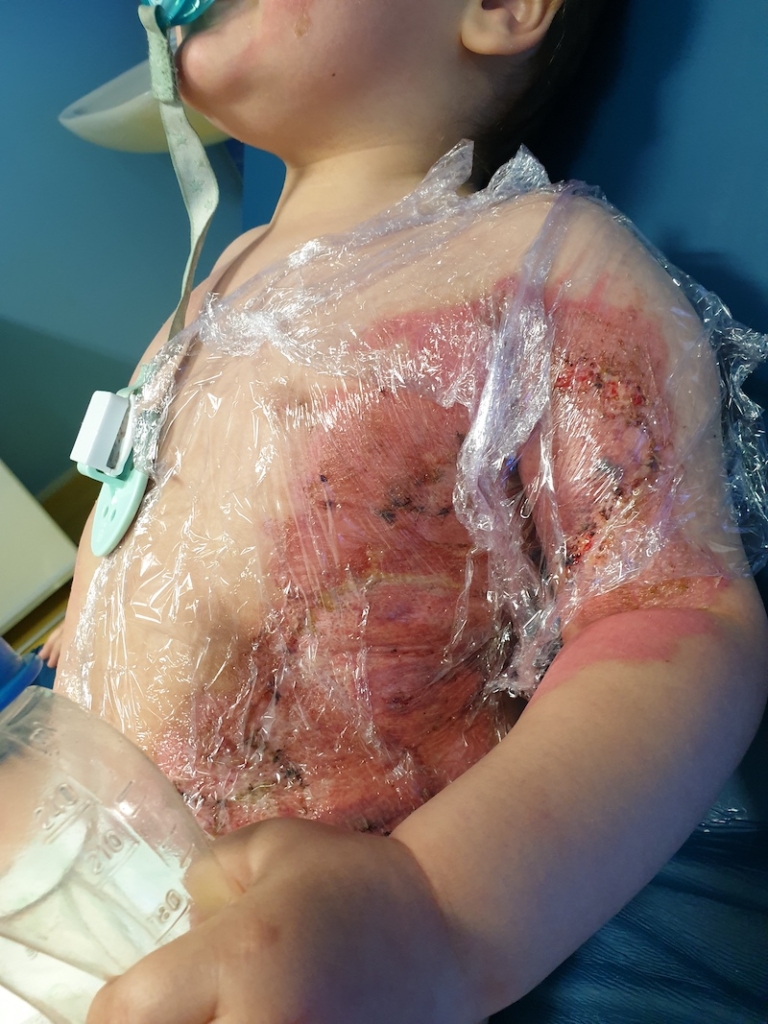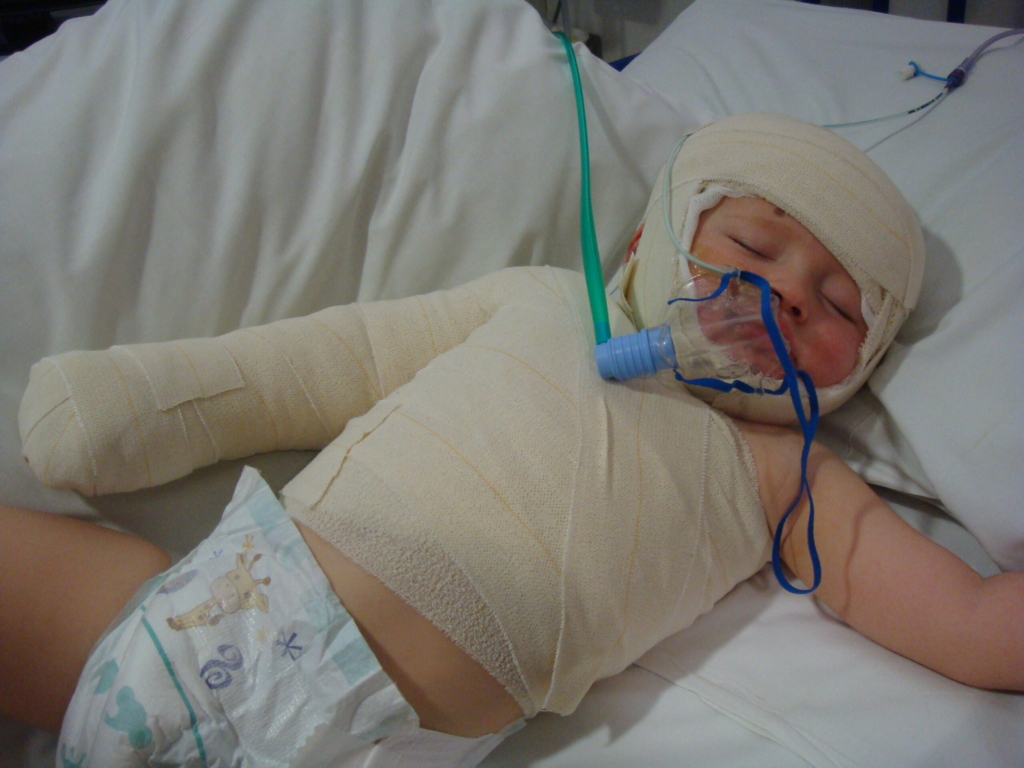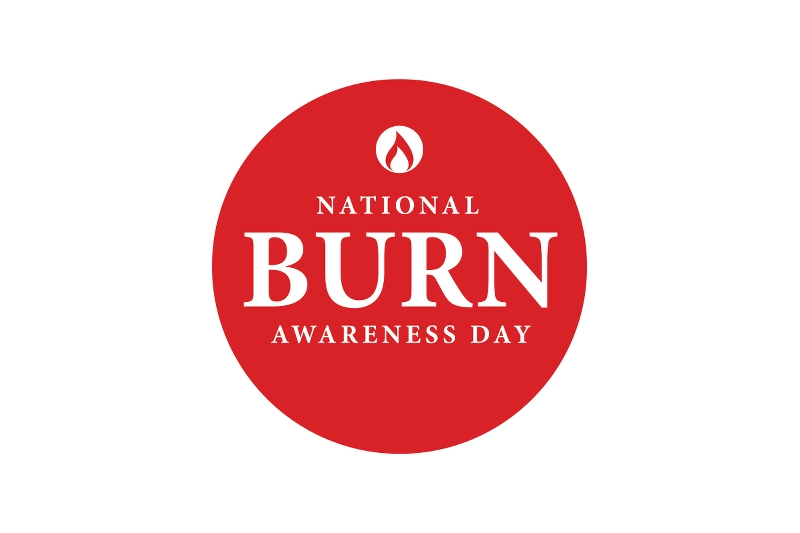Latest report shows worst off children in England and Wales are 6.7 times more likely to experience a serious burn injury
Today, on National Burn Awareness Day 2021, the Children’s Burns Trust and British Burn Association are campaigning to highlight a concerning correlation between social deprivation and the number of children sustaining life-altering burn injuries.
New data from the International Burn Injury Database (iBID), shows a clear link between children living in the most deprived areas of England and Wales and those who are admitted to a Specialist Burns Unit following a burn or scald injury. Children living in the top areas of social deprivation are 6.7 times more likely to be burned or scalded than those living elsewhere in the country.
The Children’s Burns Trust and British Burn Association, have released this exclusive insight to raise awareness of the devastating number of children that are, on a daily basis, affected by life-altering burn injuries, and to promote the right burn-related first aid to parents, carers, grandparents and others involved in the care of children.
The data also highlights the top causes of burn injuries in children, with those under 5 being most at risk from hot drink spills, such as tea and coffee.
The core aim of National Burn Awareness day is to urge families to be aware of the risks to children. A burn injury is for life, the scars are physical as well as psychological, and can present life-long challenges for the individual and their families.
Laura Farley, parent of Arthur (pictured) who was burned by a hot drink when he was just 2 years, 9 months old says:
“Following Arthur’s accident, I’m determined to raise awareness of the dangers of hot drinks around children and how these devastating injuries can happen in seconds. We’re hoping that showing the pictures of this distressing injury to Arthur means that more parents/carers are aware of the dangers of hot drinks around children. Even if one family doesn’t have to go through what we went through it will be worth it.”

Another parent bravely shares their story:
“Sofia (pictured) had been using her stool to get the cutlery out of the draw and slipped, at the same moment my husband had pulled the pan forward from the back and looked away. She reached up to steady herself and caught the pan and it toppled over her. It was a split second but that is all it took. The next 2 weeks while we were at the hospital are a bit of a blur. Sofia had multiple surgeries, multiple skin grafts – some of which took brilliantly, others not so well, her head was shaved, central lines were put in, she was tube-fed to ensure she got maximum calories. We want people to understand that these things can happen so easily. If one person learns something from Sofia’s accident, then telling her story is worthwhile.”

Ken Dunn, Consultant Burn and Plastic Surgeon (retired) and Trustee of The Children’s Burns Trust, whose work is focused on children and their families said: “We have seen a reduction in the number of burn injuries, especially in children over the last few years. Although this reduction in paediatric burns since the inception of National Burn Awareness Day is most welcome, we are still not reaching the socially deprived areas where we really need to. If anything, the difference between the least and most deprived parts of the population has grown. It remains the case that 42% of paediatric injuries are in the most socially deprived 10% of the population and this group are over 6 times more likely to be injured than the least deprived 10%. This means we still have a long way to go, but by building on the progress and fantastic support we have had to date we very much hope to reduce these devastating injuries equally across all of society.”
Hundreds of NHS Services, Fire and Rescue Services, along with other organisations, come together each year on National Burn Awareness Day to raise awareness of the alarming number of people burned each and every day in the UK – the vast majority of which are preventable. The campaign also helps to promote the vital message of the importance of good first aid if a burn or scald does occur: COOL for 20 minutes under cool running water, CALL 999 OR 111 or your GP for advice, COVER the burn loosely with cling film.
All statistics have been provided by the International Burn Injury Database (iBID), incorporating data collected from all NHS Burn Services in England and Wales, they do not include the minor burns and scalds that are treated by Accident and Emergency Departments.
Related content

Donate to us

Campaigns
